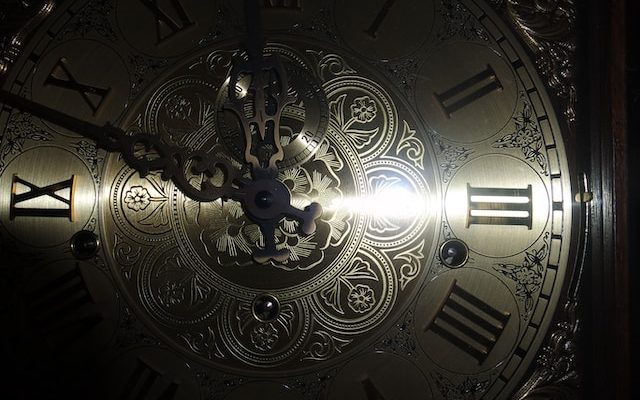Representative image of Daylight Saving by Brooke Campbell on unsplash
As Canadians get closer to the start of spring, they will soon need to adjust their clocks an hour ahead.
Daylight time, also called daylight saving time (DST) taking place on Mar 10 this year ends on Nov. 3 this year when clocks will be turned backward an hour on that Sunday.
As daylight time begins Sunday, March 10 at 2 a.m., Canadians will be required to set their clocks forward by one hour causing them to lose an hour of sleep on March 10, 2024
Taking place on Mar 10 this year observation of DST would be just nine days before the official first day of spring Mar 19.
Daylight time beginning for much of Canada on the second Sunday of March each year, municipalities decide whether to observe the change, and some have opted not to take part in the practice.
Yukon, most of Saskatchewan and parts of Quebec, Ontario and British Columbia use standard time all year.
According to National Geographic, the seasonal time shift was created to maximize sunlight in the Northern Hemisphere.
Amidst conflicting accounts on when DST began, according to several online sources residents of Port Arthur, Ont., now Thunder Bay, were the first in the world to advance their clocks by one hour on July 1, 1908.
The origins of daylight saving time have been attributed reportedly to various people and reasons, some saying this change was to farmers so they could have more daylight, but farmers reportedly didn’t support the time change when it was adopted in the early 20th century.
While others have said this practice was started by Benjamin Franklin back in 1784 when he wrote a satirical essay for the Journal de Paris proposing regulations to ensure early risers.
Still others claimed that daylight saving time was initiated by George Hudson, a New Zealand entomologist in 1895 inspired by his bug-collecting passion, as he wanted more daylight after his shift work to collect insects.
But according to the Congressional Research Service, clocks really started to roll back in 1916, when Germany became the first country to observe daylight saving time to conserve fuel.
Other European countries followed suit, and then in 1918, the U.S. started to use daylight saving time.
While many history sites say Germany was the first country who adopted it on April 30, 1916, in a bid to conserve electricity, followed by the United Kingdom weeks late.
According to University of Canada West a New Zealand entomologist is accredited as the first person who suggested a shift of two hours in 1895 aiming to provide more daylight hours after the workday during the summer.





